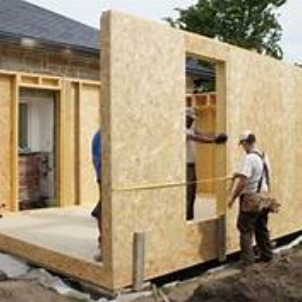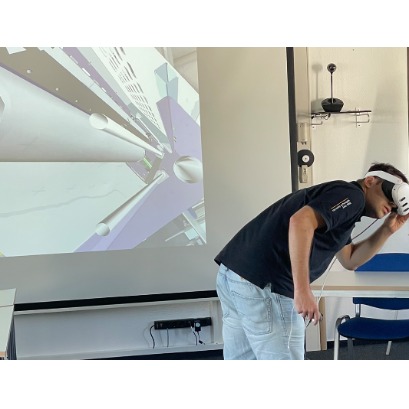
The abundance of pine wood is due in large part to the number of pine species that exist. In this article, we will learn about the characteristics, properties and uses of yellow pine wood, a species native to the southwestern United States.
This species of pine receives the scientific name Pinus Taeda, although we can commonly find it under the name of southern yellow pine, melis pine or Rosemary pine for its distinctive fragrance. These trees are around 30-35 meters tall and normally grow in low humidity environments.
It is considered a fast-growing tree, which is why it is a species that has spread especially in reforestation, as in the case of Argentina.
One of the most striking features is the color of its wood. Yellow pine wood is characterized by its yellowish white sapwood and reddish-brown heartwood.
We can consider it as a stable, soft and semi-light wood. Yellow pine wood is classified as moderately durable against the action of fungi and insects.
When it comes to workability, no problem is found. Sawing, drying, brushing, nailing and finishing is easy, although it should be noted that it is a wood with a lot of resin which can make the finish a little more complicated.
We can find yellow pine wood in indoor furniture; in interior carpentry such as doors, windows, cladding, stairs, friezes; in the form of sheets for decorative coatings and plywood and in carpentry to assemble and in naval constructions as masts. This wood is also highly commercialized for the manufacture of paper pulp and Kraft paper.

IT MAY INTEREST YOU
 Renovations, construction of houses and extensions made of wood gain speed, comfort and efficiency in the country
Renovations, construction of houses and extensions made of wood gain speed, comfort and efficiency in the country
In private neighborhoods, the Coast, the Coast and Patagonia, the choice of homes with dry works is growing. Speed, low environmental impact and energy savings.
 Real and virtual commissioning: Hymmen leverages digital twins to improve project management efficiency.
Real and virtual commissioning: Hymmen leverages digital twins to improve project management efficiency.
Bielefeld, 1�/22/25 – The ideal scenario is one in which a production plant functions perfectly even before commissioning. However, a more detailed analysis of plant projects often reveals a different reality: unexpected challenges often arise during on-site commissioning that must be resolved with considerable deadlines. Hymmen demonstrates how digital twins can offer a solution. By simulating the production process in advance on a 1:1 scale and taking into account all relevant variables, this technology allows timely intervention at critical points.
 They present the Elárbol project in the Ecology Cycle
They present the Elárbol project in the Ecology Cycle
The transmedia initiative reflects the importance of Argentine native flora and focuses on the carob tree as an emblem tree. Today, at 6:�� p.m., at the Argentine Library This Thursday, October 3�, at 6 p.m., the Elárbol project is presented in the Ecology Cycle coordinated by Sergio Rinaldi at the Argentine Library.






















